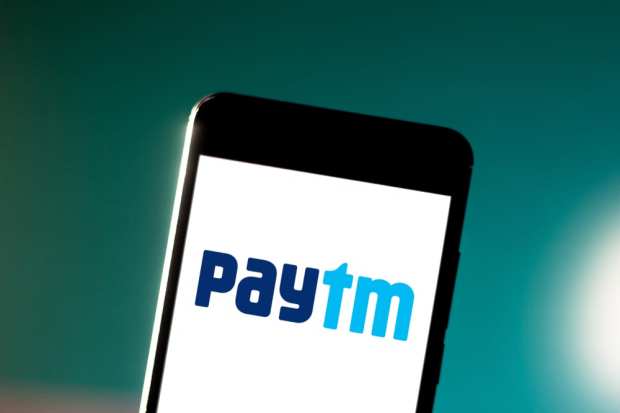Paytm’s Long Walk To Profitability

Paytm is perhaps the largest and best-known domestic name in mobile payments in India, but it continues to struggle on the path to profitability. As of its last earnings report, Paytm’s parent firm One97 reported a veritable explosion in losses over the last year, largely driven by the increasing cost of doing business.
Earlier this week, Paytm reported a net loss of Rs 3959 crore ($549 million) for the financial year that ended in March, which is 165 percent over Rs 1490 crore ($206 million) in the same period last year. As Paytm’s losses have been mounting, its debt load has increased as well, hitting Rs 695 crore ($96 million).
However, the news in its latest report to investors was not uniformly negative, as Paytm is a demonstrably growing firm. During the last fiscal year, the company’s revenue rose to Rs 3232 crore ($448 million), compared to Rs 3052 crore ($423 million) the year before.
By its own reporting, Paytm is unconcerned about the mounting loss figures, and is instead opting to double down on pouring funds back into the company as it pushes for growth in India and globally.
“We believe India is at the inflection point of digital payments, and Paytm’s sole focus is toward solving the merchant payments and offering them financial services. We will invest Rs 20,000 crore ($2.7 billion) in the next two years toward achieving this,” a company spokesperson said.
And while the firm is publicly confident, market watchers are questioning whether the losses are causing concerns in private – or, at least, if they should be.
Paytm at present is on the path toward an IPO. Last month, One97’s CEO Vijay Shekhar Sharma confirmed at a conference that within the next 18 to 24 months, India’s largest homegrown payments firm will likely begin its work on hitting the public markets. And yet, while Sharma referred to the listing as “inevitable,” he noted that the roadmap has not yet been envisioned, and an actual public listing could be as much as half a decade away.
Before Paytm can contemplate an IPO, Sharma noted, it would like to get on more solid footing profitability-wise.
“I’d prefer to see 5 percent reduction in margins right now, maybe 10 percent incremental, so maybe two years,” he noted. “I’m talking free cash, not profitability. I make money, but I’m looking to make free cash, and then I’ll go (for listing). When I’m comfortable issuing bonds that I can sell in five years, then I’ll go (for listing).”
Paytm does contemplate being profitable in the near-ish future. According to a confidential internal report prepared for the company earlier this year and reported on by LiveMint, Paytm’s parent firm One97 is forecasting profitability by 2021.
According to internal reports, the majority of the firm’s losses in the last year have stemmed from the large capital expenditure of creating a brand and establishing its business activity. Specifically, efforts to expand into areas such as insurance, travel ticketing, hotels and mobile wallet services are high-cost, but likely to pay off in future profits.
“The management continues to be cautiously optimistic toward the external economic environment and expects consumer demand to become more consistent and robust in the ensuing financial years,” the report notes. “The improvement in consumer sentiment and increased consumer spending through online platforms will enable the growth momentum to pick up.”
The challenge Paytm faces, however, is that as they ramp up to catch the wave of shifting mobile momentum within India, the market is increasingly crowded. And while competition and crowding are not exactly a new experience for the firm, the level of competition has elevated significantly. Paytm grew to become India’s largest mobile wallet provider in India – and holds that crown to this day – but it did so mostly by successfully facing off with other local firms.
These days, the user momentum is increasingly heading toward the government-backed UPI payment infrastructure, and Paytm isn’t the largest or leading competitor when it comes to UPI payments. Walmart-owned Flipkart’s PhonePe and Google Pay both come backed with deep, committed pockets, and both claim a larger market share across UPI apps than Paytm.
Moreover, India’s universal payments infrastructure changes the business model for payments in India, as charging per transactions is essentially incompatible with the system. Paytm’s capital investments are increasingly looking necessary, as its business model now must include a fuller suite of financial services built around payments capability. That includes products like credit cards, loans and insurance.
And the biggest challenges are yet to come, as Paytm pushes toward profitability in a crowded and rapidly realigning Indian payments ecosystem. Later this year, Facebook-owned WhatsApp, which presently has over 400 million users in India, is expected to add UPI payments to its offerings lineup.
